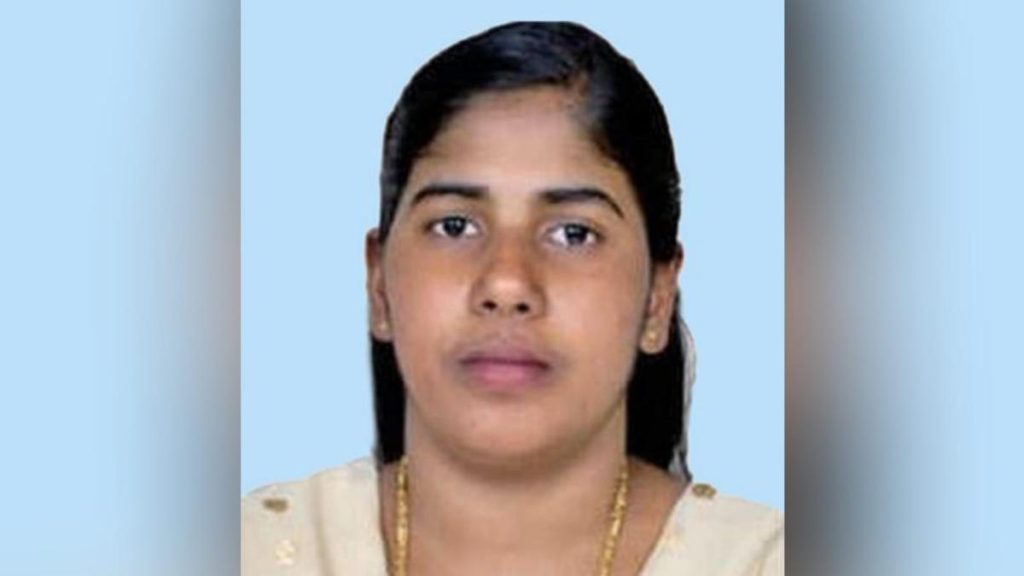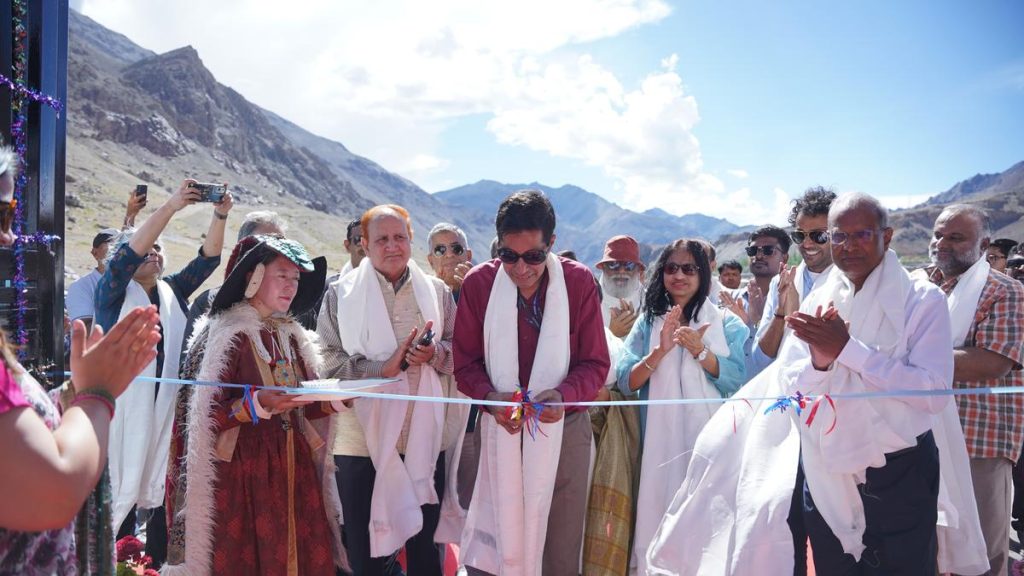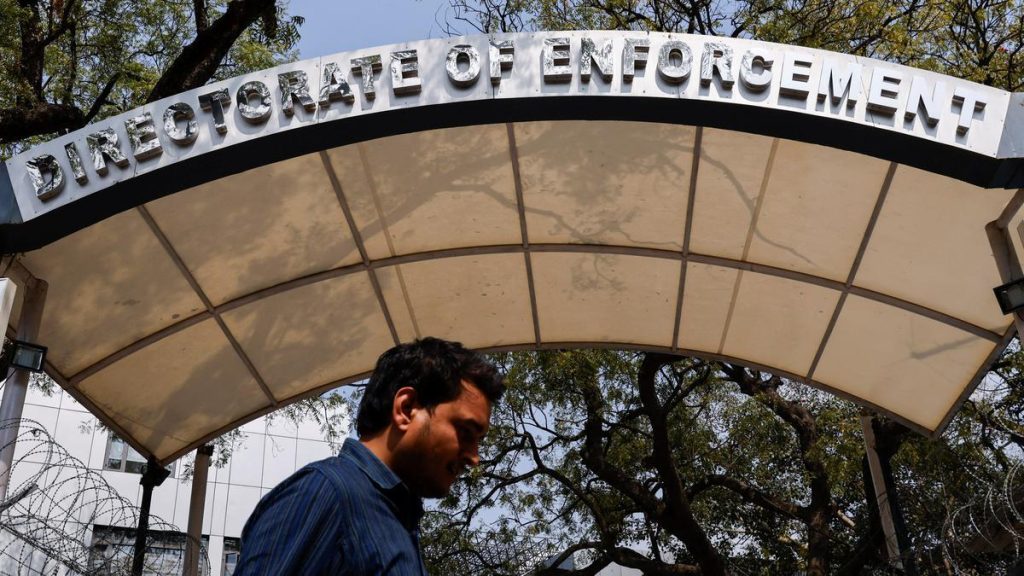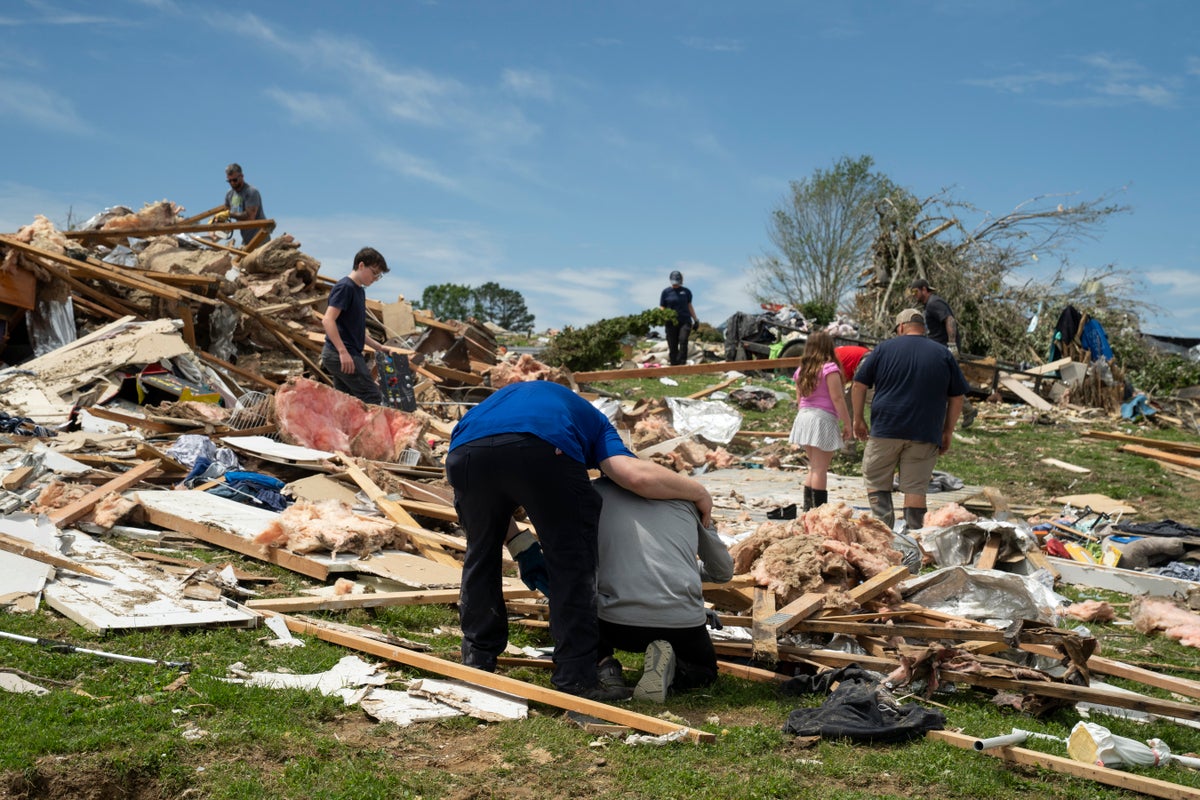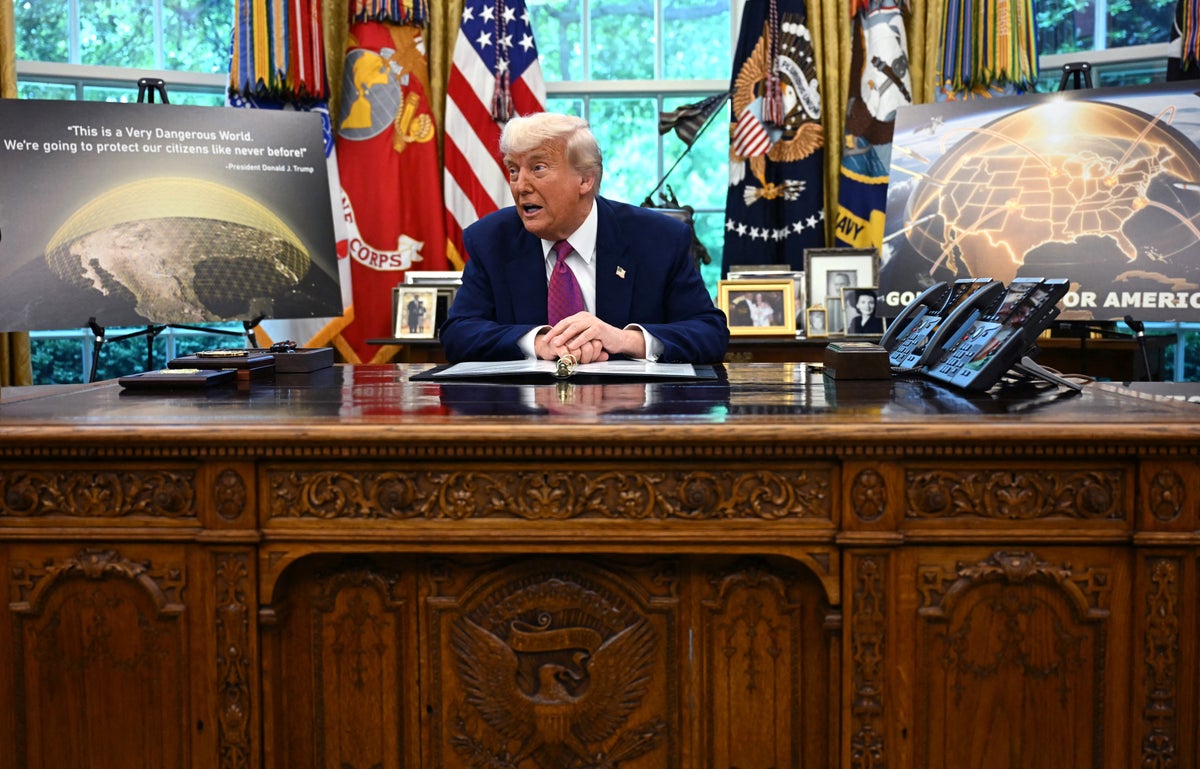Now Reading: Researcher Duo Uncovered Airborne Disease Spread Long Before COVID-19
-
01
Researcher Duo Uncovered Airborne Disease Spread Long Before COVID-19
Researcher Duo Uncovered Airborne Disease Spread Long Before COVID-19
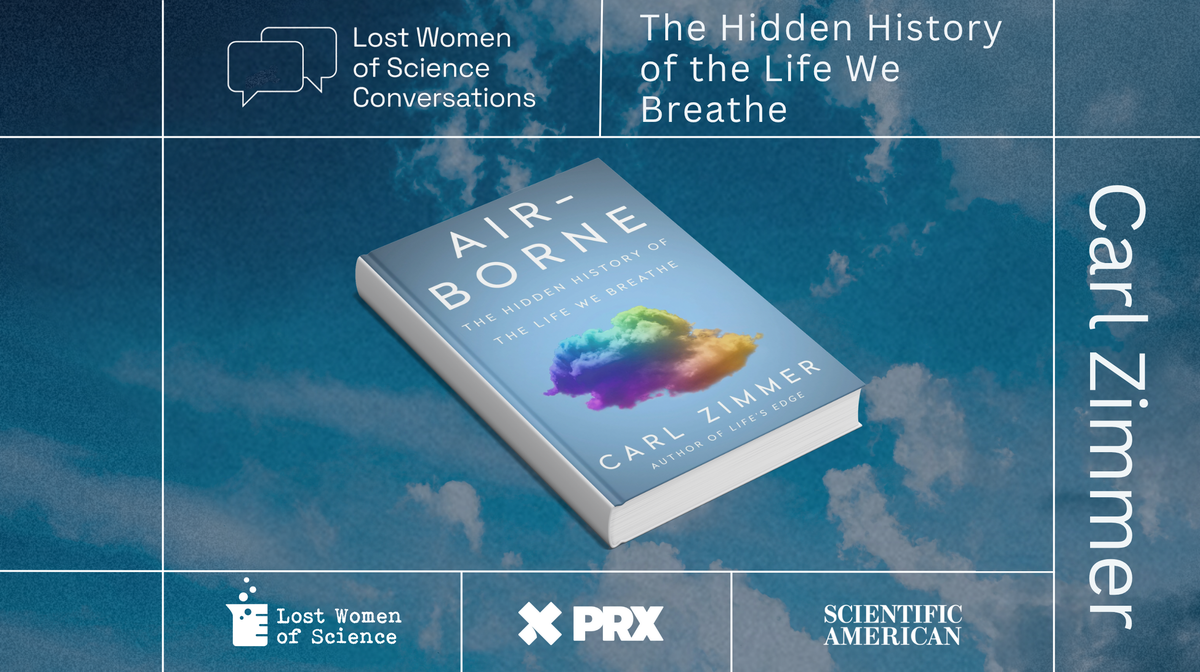
Speedy Summary
- book overview: Carl Zimmer’s book Airborne: The Hidden History of the Life We Breathe explores the history of aerobiology, especially the contributions of mildred Weeks Wells and her husband, William Firth wells. The book charts their pioneering yet largely overlooked discoveries on airborne transmission, which could have significantly shaped responses to diseases like tuberculosis and COVID-19.
- Early Contributions: Mildred conducted groundbreaking epidemiological research in the late 1920s on polio, proposing novel ideas about airborne transmission despite prevailing skepticism. Her conclusions were dismissed by mainstream medical experts due to societal biases against both women scientists and unconventional findings.
- experimental Findings: Using innovative methods like air centrifuges and ultraviolet light experiments, William demonstrated the long-range spread of airborne germs. Their joint work offered early evidence linking air circulation to disease spreading through fine droplets-an idea ahead of its time.
- Recognition Struggles: The couple faced social and institutional barriers due to perceptions surrounding their personalities, lack of PhDs, and resistance from established scientific authorities. They were fired from positions at Harvard after a dispute over patents for UV-based disinfection technology.
- Later work & Legacy: Mildred continued independent work in public health applications using ultraviolet lamps but struggled with mixed results in practical implementations such as those conducted in Pleasantville, NY. their pioneering studies faded into obscurity until rediscovered during the SARS outbreak (2003) and more prominently acknowledged during COVID.
Indian Opinion analysis
Mildred Weeks Wells’ story highlights deep structural inequalities that historically limited scientific progress by excluding or marginalizing voices outside established norms-in her case as a woman scientist challenging entrenched consensus views during her era. For India today, this serves as a reminder that fostering inclusivity in science is critical for innovation; unlocking potential from diverse perspectives can enrich medical research even amidst cultural resistance.
The emphasis on airborne infection control cited here aligns with India’s need for improved public health measures during crises such as COVID, where delayed acknowledgment of airborne pathways hindered timely mitigation strategies globally. Accessible technologies such as UV disinfection systems proposed by the Wellses decades ago could be adapted sustainably within India’s healthcare infrastructure to counter future outbreaks.
Moreover, integrating lessons learned posthumously about pioneers like Mildred into educational curriculums will underline ethical research practices focused on collaboration over individual acclaim-a philosophy pertinent not just scientifically but societally worldwide.


